How to propagate violet by leaf, leaf fragment, peduncle, seeds

Violet - an elegant indoor plant with bright flowers. Its unpretentiousness, compact size and attractiveness made it extremely popular. The flower is easy to propagate and transplant. How to propagate violets by leaf and other methods?
Content:
- How to propagate violets by leaves, which leaves are suitable for planting
- Preliminary preparation of material
- Rooting technology in soil and water
- Is it possible to propagate violets using a leaf fragment?
- For which plants is propagation with peduncles suitable?
- Growing a flower from seeds
How to propagate violets by leaves, which leaves are suitable for planting
If you decide to increase the number violets in the house, you will have to learn the basics of breeding them. Propagating violet leaves is not difficult at all. However, it is necessary to carefully select planting material. The final result depends on this.
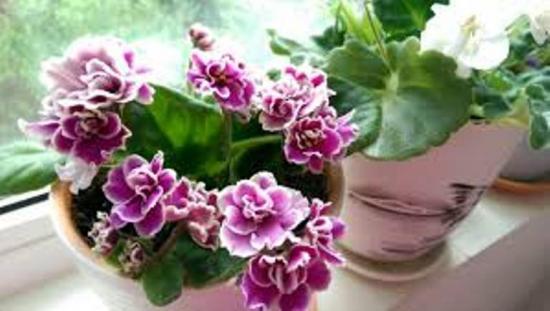
Use the following selection rules:
- We only take a completely healthy plant as a “donor”.
- The lower leaves are not used to obtain planting material. These areas contain old greenery. When rooted, it does not form new ones for a long time. shoots.
- To avoid damaging the center of flower growth, do not cut off the leaves located in the middle of the rosette. A careless movement can ruin the main flower.
- The best rooting material is obtained from the second or third row from the bottom. The leaves quickly take root and form many children.
Sheet plates with damage, scratches and all kinds of stains are not suitable.
Select the most resilient and attractive-looking specimens.
Sheet with the stem, cut with a knife or carefully pinch off as close to the base as possible. A stump left by chance can rot. Try not to damage the plant.
You can purchase material at flower markets or order by mail. However, you cannot be sure of the quality and freshness.
Preliminary preparation of material
Before planting in the ground, prepare the planting material. The procedure will increase the chances of successful rapid rooting.
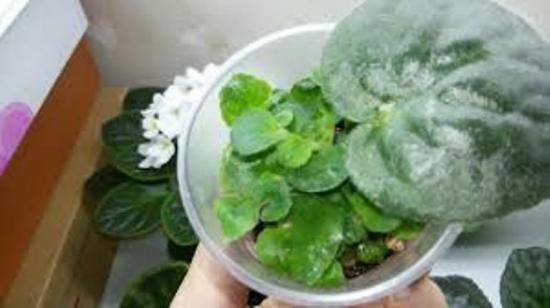
Even if you cut the leaf with a sharp object, you should shape the stem. The cut is not made straight, but diagonally at an angle of 45°, so that more roots are formed.
Leave for planting stalk 3-4 cm long. The cut is sprinkled with crushed charcoal (charcoal, activated) or dried for 15-20 minutes in the open air. Do not leave the sheet for long to avoid drying out.
Rooting technology in soil and water
The rooting process does not require much effort and time. In the future, you will be very pleased to watch the development of the plant you planted with your own hands. There are two main ways to root a leaf violets. Let's look at each in more detail.
Rooting in the ground
To plant a cutting in the ground, you will have to prepare everything you need in advance:
- soil mixture
- a plastic cup
- drainage (expanded clay, polystyrene foam, pebbles)
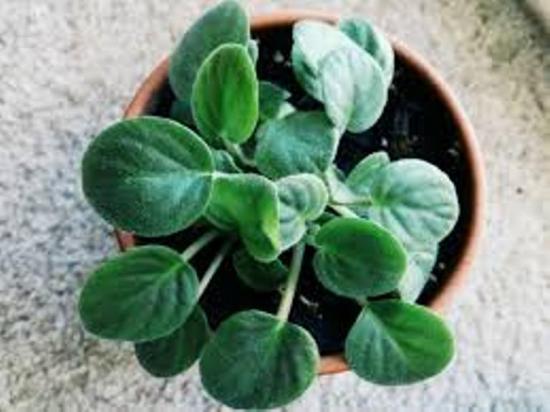
Make small holes in the bottom of the cup to allow excess water to drain. This technique will protect against stagnation of liquid and rotting of the root system. Place drainage at the bottom with a layer of 2 cm, and on top of it - loose unpaved mixture. Leave a small indentation in the center.
We immerse the cutting into the substrate to a depth of 1 cm. Take a small wooden stick as a support for the leaf.
If desired, you can build a mini-greenhouse for the plant. This will ensure optimal humidity. The glass is covered with plastic wrap and placed in a warm, illuminated place, avoiding direct rays. Don't forget regularly water soil.
After 6 weeks, new shoots form. The flower is transplanted into a permanent container after the newly formed leaves reach a diameter of 3 cm.
Rooting in water
This method of rooting violets is considered the most popular due to its simplicity and simplicity. A darkened glass vessel is best suited as a container. As a last resort, use a regular disposable cup.
Since the plant is still small, it is most convenient to use a bottle with a narrow neck. If you are using a wide-necked container, make a hole in the paper and insert the stem into it. Simple manipulations will protect the plant from being completely immersed in water.
You will need:
- capacity
- Activated carbon
- boiled water
Pour boiled water at room temperature into a container. Dissolve one tablet of activated carbon in the liquid. Now immerse the leaf stalk so that it extends no more than 1 cm into the water.
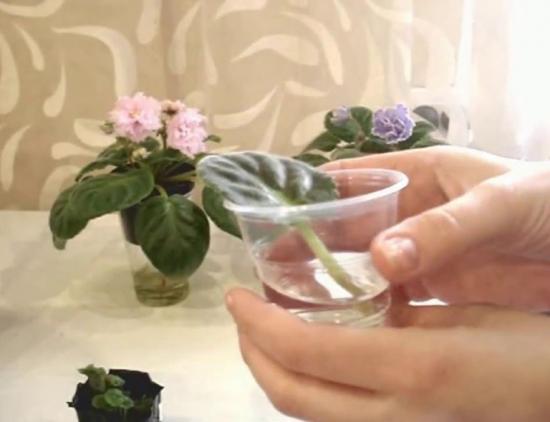
Perhaps the most difficult thing about this method is the need to maintain the amount of liquid. Its level should be constant, and the stem should always go 1 cm into the water.
The container with the plant is placed in a warm place, excluding exposure to direct sunlight. Roots appear in 1-3 weeks, depending on the conditions created and the variety violets. When their length reaches 1-2 cm, the plant is transplanted into a small glass with drainage and substrate. The plant receives a full-fledged pot after the appearance of full-fledged children.
If the cutting rots, it is necessary to cut it to a healthy area and treat it with crushed coal. You'll have to repeat the whole procedure all over again.
The traditional method of rooting in the soil gives 100% results and eliminates the possibility of rotting. But when using the second method, the growth of roots is clearly visible. Each gardener himself determines which method he likes.
Is it possible to propagate violets using a leaf fragment?
It happens that it is possible to obtain only a violet leaf without a stem, or even a part of the leaf blade. What to do in this case? Is it possible to grow a full-fledged plant?
If the stem constantly rots in the water, you have to resort to propagating violets by leaf without cuttings. Numerous cuts lead to this.
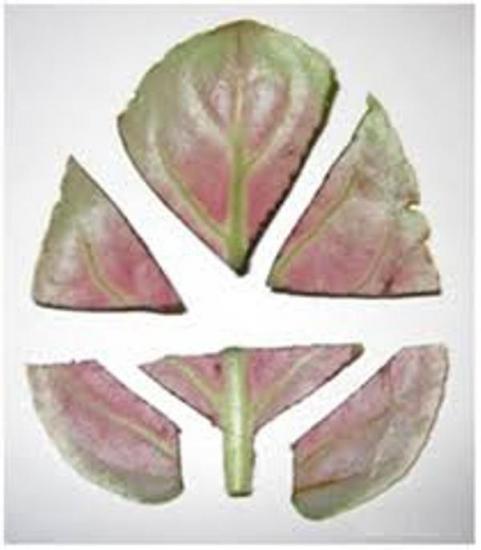
Flower growers recommend trimming the bottom so that you get at least a small stalk and soaking it in coal. The resulting planting material is planted in loose priming.
Violet propagation by a fragment of a leaf follows the same principle. The method is necessary if the leaf blade is severely rotten, and the flower is rare, and it is difficult to find new planting material.
For rooting, take a third of the top part. A fragment with a horizontal cut is treated with charcoal and placed in a container with a substrate.
The cut should be firmly placed in the ground. To increase your chances of success, create a greenhouse effect using polyethylene. Thanks to this method, a large number of shoots are obtained.
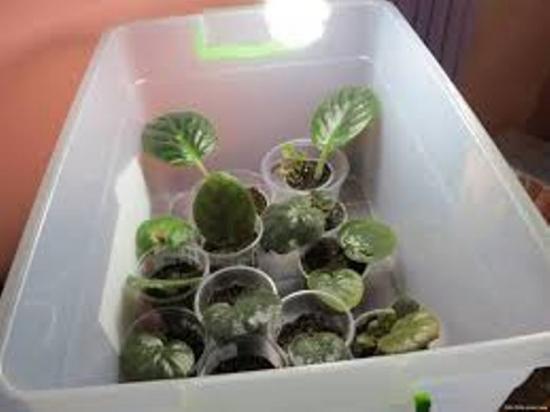
For which plants is propagation with peduncles suitable?
Propagation of violets by peduncles is used mainly for chimeras and fantasies.These varieties, when propagated by leaves, do not convey complex multi-colored colors well. A flower is chosen on a plant that has already bloomed or has already faded. The buds are not suitable. The larger the size of the stipules, the greater the plant's chances of successful rooting.
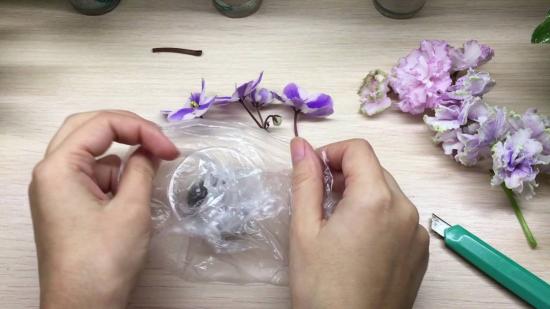
The peduncle is cut out with a sharp knife and treated with root. Then placed in a container filled with sphagnum moss. The higher the humidity in the room, the better. To create optimal conditions they make greenhouse.
The fact that the peduncle has taken root is indicated by the appearance of a new rosette. After the plant gets stronger, it can be transplanted to a permanent location. Choose a pot with a diameter of 6-7 cm.
There is another method. Some people prefer to wait until a small rosette forms after the flower dries, which they then root.
Growing a flower from seeds
If propagating violets by leaf is considered a simple method, then planting seeds is not a task for beginners. If you still decide to use this method, carefully read the recommendations.
Pollination
Choose the most attractive pair of flowers. Give preference to those that look healthy and have a symmetrical shape. When the flowers bloom, carefully collect the pollen from and pollinate pistils. For the procedure, take a soft natural bristle brush. To increase the likelihood of seed pods ripening, pollinate several flowers on the same peduncle.
Seed preparation
Seeds will appear on the plant in a month. However, not everything is so simple here either. The ripening time for seeds in a box is 5-6 months. The fruits are placed in a dark, dry place for two weeks to dry completely.After this period, you will have to extract the seeds from the box yourself, using tweezers. Lay out the planting material on clean white paper.

Landing
For planting, a wide, shallow pot is suitable, into which a substrate of soil and peat. Moisten the soil. The seeds are mixed with sand in equal proportions and sown in the ground.
If you place the container in a well-lit room, you will get germination faster. Moisten the soil regularly. A strong jet can wash the seeds out of land, so it is advisable to use a spray bottle.
For germination, a temperature of 23-25° C is required. Cover the pot with a transparent lid or glass.
The first shoots appear after 3 weeks. When the shoots grow to 0.5-1 cm and young leaves form, the plant is replanted. Dig out the sprouts using a thin, sharp wooden stick or a sharpened match. Plants are planted in nutrient soil mixed with coal at a distance of 2 cm from each other.
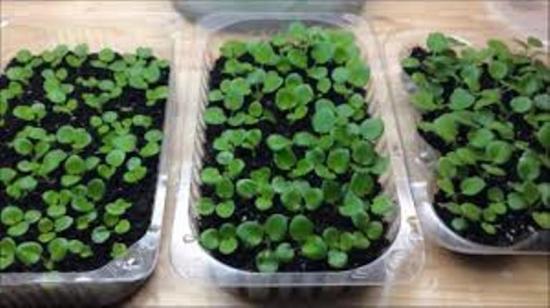
When the flowers begin to make it difficult for each other to grow, they are picked into individual cups. After violets become stronger and take root, you can look for a permanent container.
Growing violets from seeds yourself is a labor-intensive task. To get healthy sprouts, you must follow the rules.
There are various methods of breeding indoor plants. violets. The simplest is leaf propagation. Also, in some cases, they resort to using peduncles and fragments of the leaf blade. The most labor-intensive method is sowing seeds.
It is used by more experienced flower growers or those who breed for commercial purposes.
For even more details about violet propagation methods, watch the video:

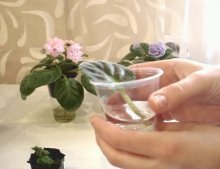

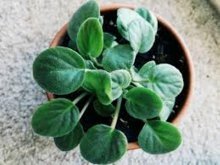





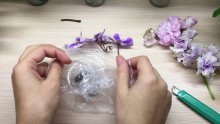
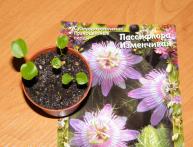





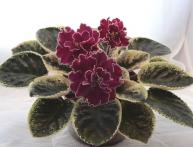

Comments
At one time I grew violets, I can say that it is quite difficult and takes a lot of time and effort. When I saw that after flowering the bush was already aging, I tore off a leaf and rooted it, as described in the article, and after about a year such a bush was already blooming.
We completely agree with you, dear anna_avon_g! We do the same as you and after “aging” the violet, tear off a leaf, put it in a glass and after the roots appear, plant it in a pot.
I have rooted violet leaves many times, and always left the leaf in an ordinary glass cup without activated carbon or anything else. Maybe it would have been better with coal, I don’t know, but the planted cuttings took root quite quickly.